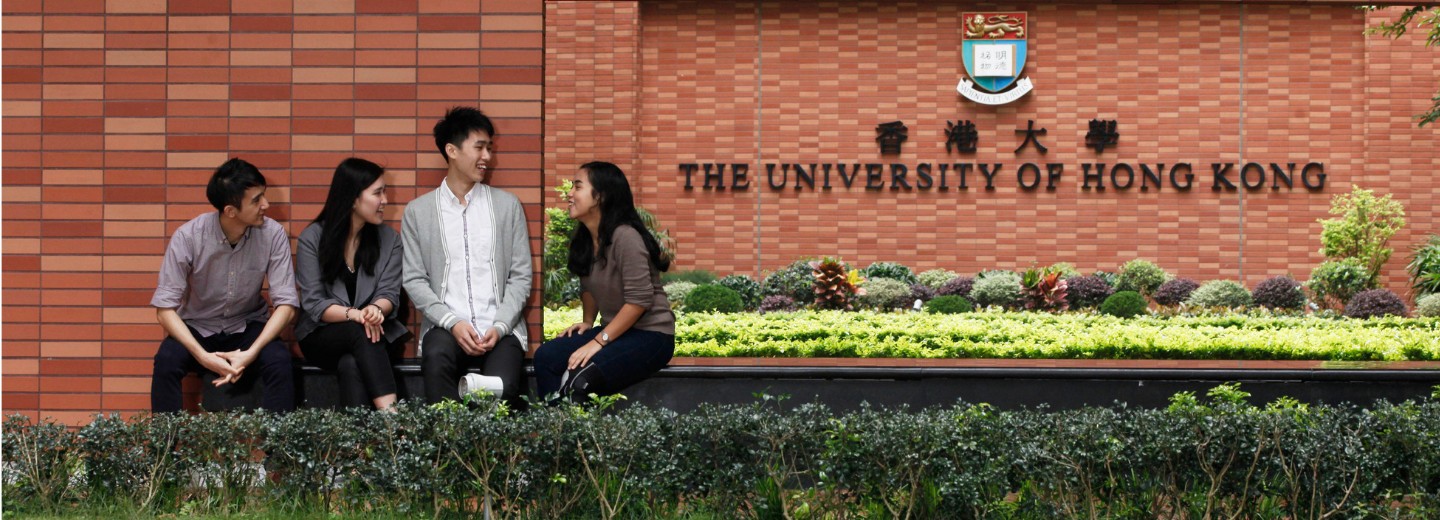china news 22nd june 2022
As per the clash between internationalisation and domestic education is concerned (which we covered in the previous newsletter), we have a further exploration of the paradox of university rankings.
A commentator from HK01 questions the wisdom behind remarkably different ranking given by the same ranking institute to two universities, the University of Hong Kong and the City University of Hong Kong, in less than three years.
In January 2020, City University of Hong Kong was named “The World’s Most International University” according to the Times Higher Education 2020 – The World University Rankings. The evaluation criteria included the proportion of foreign faculty, the proportion of international students, the number of international collaborative papers, and global reputation, each of which accounts for 25% of the weight. 50% of the students (14,000 people) provide overseas exchange opportunities, and more than half of the faculty (3,000 people) are from overseas, so it stands out in the international competition.

However, in 2021, according to the 2021 Global International University Rankings, assessed by the same institution according to the same scoring criteria, the University of Hong Kong, which has more than 35% international students among its 30,000 students, will become the first in the world; but it won the championship the previous year. The City University of Hong Kong has fallen out of the top 100 in the world, and if it goes back to 2019, City University is also not on the list. The disparity between the two pieces of news has caused a series of doubts. Firstly, when the publishing institution, evaluation criteria, and university profile have not changed much, why does CityU’s international rankings fluctuate? So is there a problem with CityU, or the real problem has to do with the ranking?
Secondly, what does the rating result of the “Global International University” mean? Does it reflect the level of university education, academics, and scientific research, the ability to attract local and non-local students to enrol, or does it improve the performance of English-taught courses because there are many more overseas teachers and students? But does “English culture” mean “internationalization”? Third, why can the degree, level and capability of an institution be determined based on the four evaluation criteria that seem to involve an “international” element?
It is undeniable that the UK’s “Times Higher Education World University Rankings” and “QS World University Rankings (Quacquarelli Symonds World University Rankings)” are the ranking mechanisms that Hong Kong people often hear about. However, the so-called “world-recognized” is nothing but a media creation, and “more often heard” does not mean “in-depth understanding”. After all, no matter how good an impression is, it is always just an impression, and “effective” is not a description that conforms to objective facts.
At first glance, each scoring mechanism makes sense, but there are at least three deficiencies in the details of the indicators. Firstly, in terms of the representativeness of the criteria, more emphasis is placed on “research” and “teaching” is despised, and papers cited in international journals are used as an important indicator. For example, the indicators related to THE and “research” accounted for 62.5% in total – it can be said that the ranking better reflects “research level” rather than “education quality”; Secondly, in terms of the scientific nature of data, both are equivalent – relying on questionnaires to collect data, for example, The evaluation invited tens of thousands of scholars and employers to score, and the two scores accounted for 50% of the total. However, neither of the two major institutions has made a clear explanation of the relevant indicators, and they have not provided objective standards. Prejudice makes the objectivety of the selection, which has become subjective, doubtful. THE and QS are both commercial organizations, and QS has provided 41,000 US dollars (about 320,000 Hong Kong dollars) since 2012. ) star rating service, through which institutions can obtain 1-to-super-5-star rating opportunities, including the review service and the addition of “QS star rating files” in the web search interface. It is no wonder that many scholars have criticized that ratings are not directly related to the quality of institutions, but institutions still hand over the responsibility of evaluating academic achievements and defining educational excellence to profit-making organizations, allowing the other side to take what they want.

Nonetheless, it is also admitted that it is unrealistic to pay no heed to these well-established international rankings. There are serious consequences, including loss of local, regional and corporate support; reduced ability to attract outstanding teaching staff and students; and loss of opportunities to partner with high-quality institutions, – thereby requiring universities to provide high-quality education and compete for rankings.
Source: hk01.com
Worked on the article:

Wanlikhang





